
There are 1000’s of different brands and types of solar panels on the market and this list will show you some of the best and most commonly used solar panels that have time-over-time shown good results and durability for installation in mobile applications like camper vans, RVs, truck campers, 5th wheels, and bumper pull campers. These solar panels are mostly similar in quality but vary a bit in size and wattage per square foot. Take a look at the chart and info below to find the solar panel that will best meet the needs of your DIY camper van electrical build.
DIY Camper Van Solar Panels Cheatsheet
The table below shows many different options for camper solar panels with several different important data points for determining which solar panel is right for your setup. Click any of the headings to sort the table by that column and be sure to scroll/swipe left and right to see more values.
Options for DIY Camper Van Solar Panels:
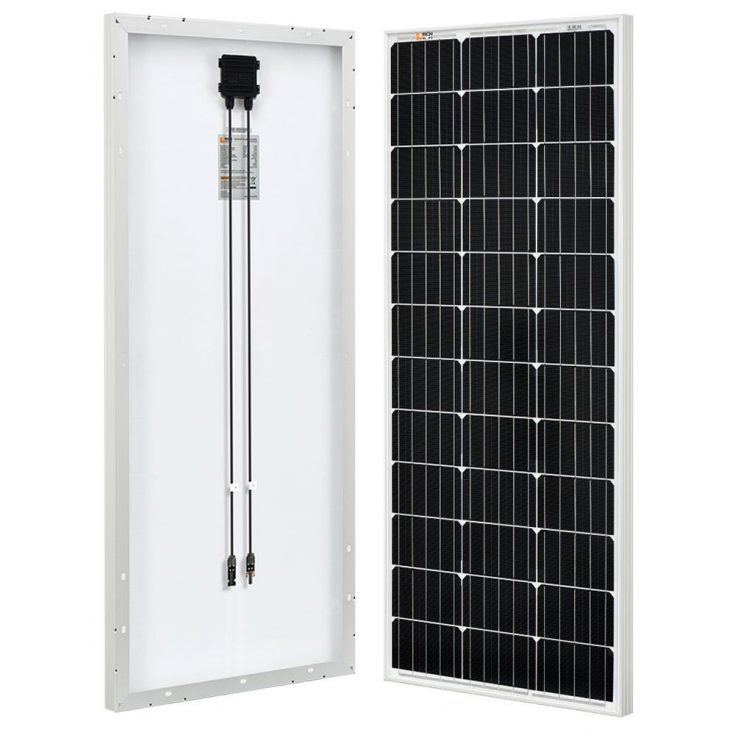
This 100 Watt solar panel from Rich Solar measures 20.1 inches wide by 46.7 inches long resulting in 15.35 watts per square foot. It has an open circuit voltage of 22.8 volts and a short circuit current of 5.78 volts. Click the 'Read More' button to view current pricing and more information.
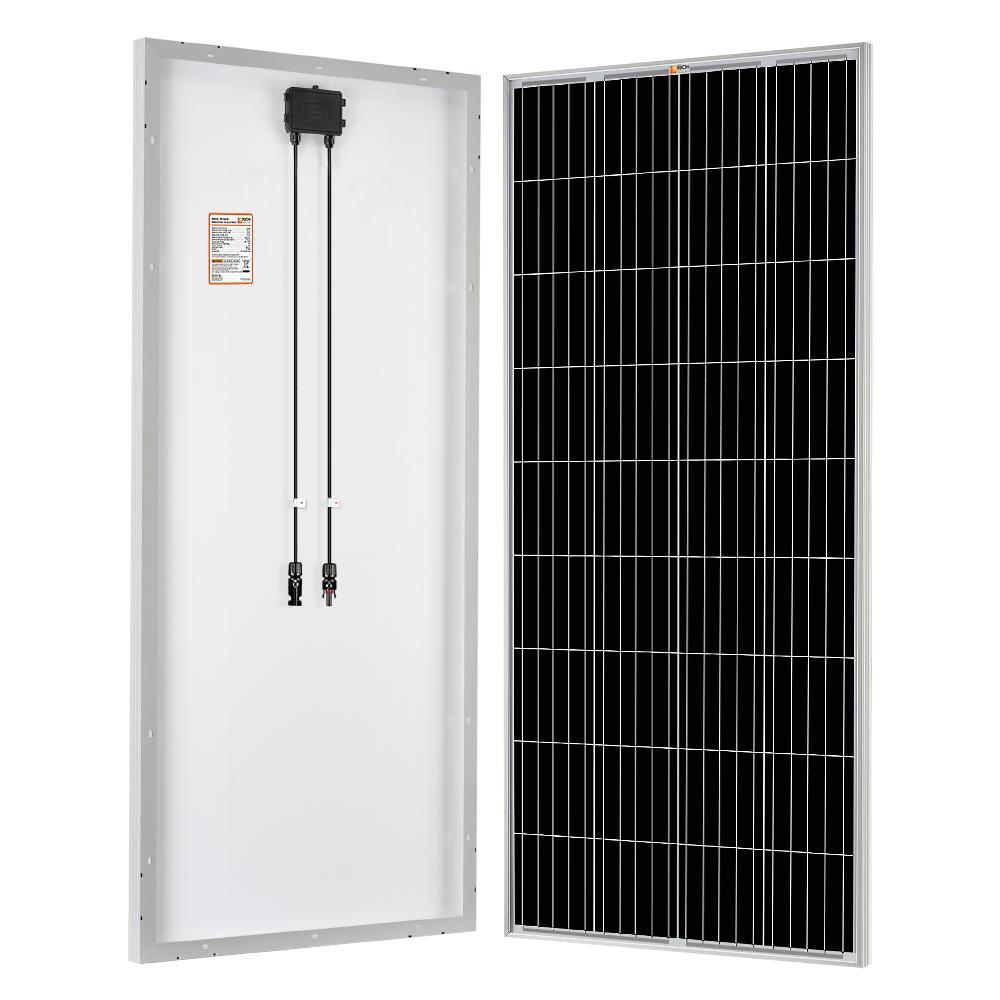
This 200 Watt solar panel from Rich Solar measures 26.8 inches wide by 58.7 inches long resulting in 18.31 watts per square foot. It has an open circuit voltage of 24.3 volts and a short circuit current of 10.2 volts. Click the 'Read More' button to view current pricing and more information.
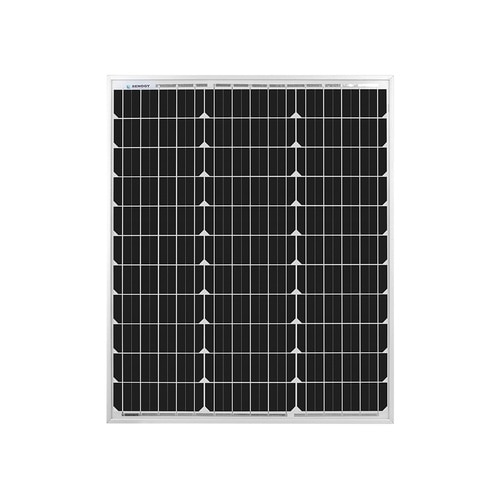
This 50 Watt solar panel from Renogy measures 19.6 inches wide by 23.7 inches long resulting in 15.5 watts per square foot. It has an open circuit voltage of 21.8 volts and a short circuit current of 3.1 volts. Click the 'Read More' button to view current pricing and more information.
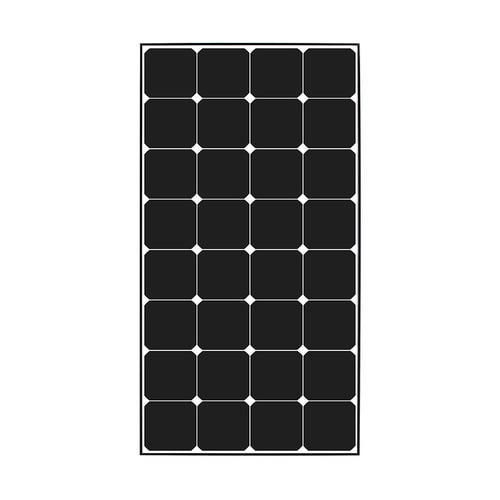
This 100 Watt solar panel from Renogy measures 21 inches wide by 40.9 inches long resulting in 16.77 watts per square foot. It has an open circuit voltage of 21.2 volts and a short circuit current of 6.1 volts. Click the 'Read More' button to view current pricing and more information.
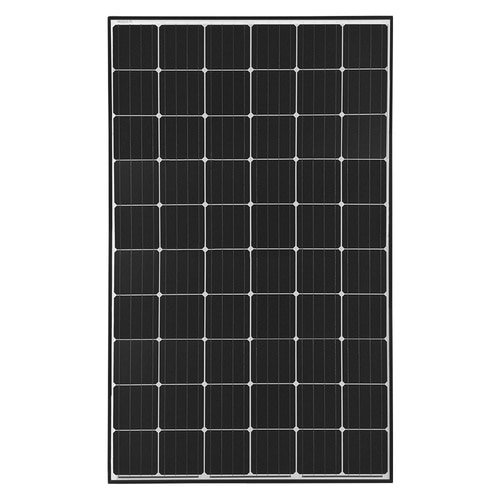
This 300 Watt solar panel from Renogy measures 39.06 inches wide by 64.75 inches long resulting in 17.09 watts per square foot. It has an open circuit voltage of 38.8 volts and a short circuit current of 9.71 volts. Click the 'Read More' button to view current pricing and more information.
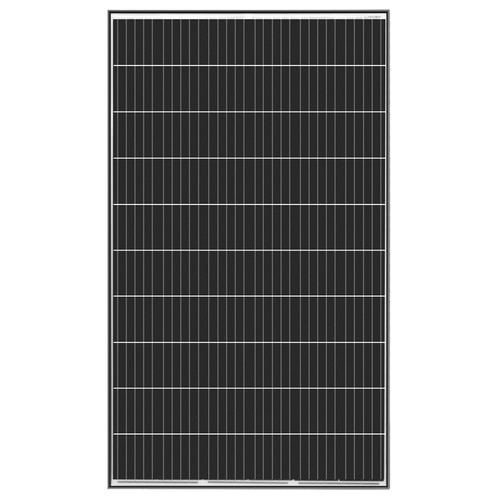
This 320 Watt solar panel from Renogy measures 39.5 inches wide by 65.6 inches long resulting in 17.79 watts per square foot. It has an open circuit voltage of 40.1 volts and a short circuit current of 10.08 volts. Click the 'Read More' button to view current pricing and more information.
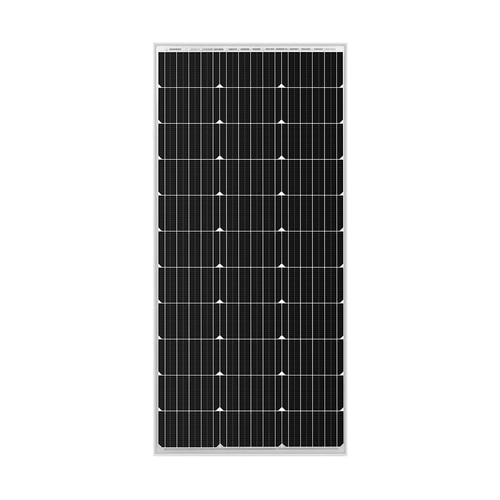
This 100 Watt solar panel from Renogy measures 19.6 inches wide by 42.2 inches long resulting in 17.41 watts per square foot. It has an open circuit voltage of 21.6 volts and a short circuit current of 6.24 volts. Click the 'Read More' button to view current pricing and more information.
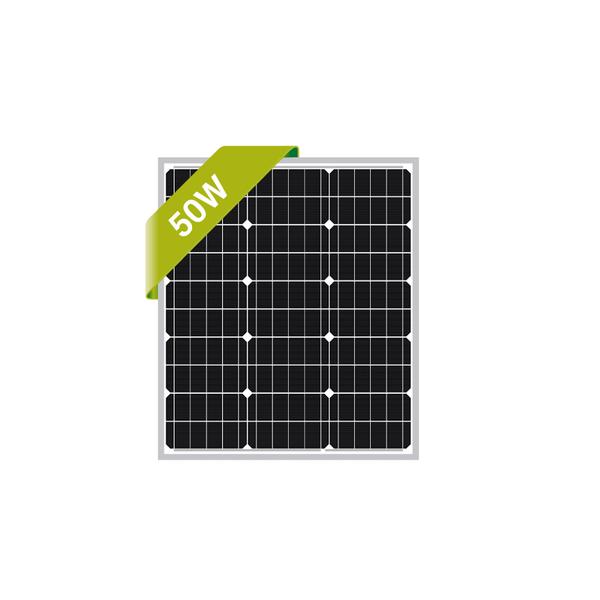
This 50 Watt solar panel from NewPowa measures 19.88 inches wide by 23.07 inches long resulting in 15.7 watts per square foot. It has an open circuit voltage of 20.23 volts and a short circuit current of 3.12 volts. Click the 'Read More' button to view current pricing and more information.
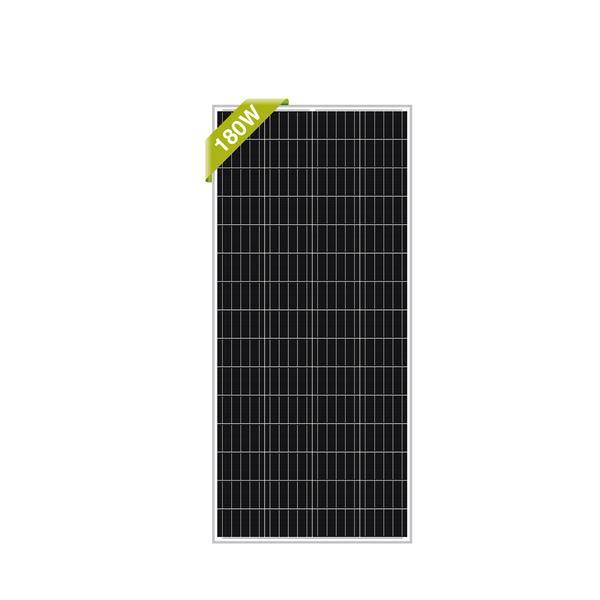
This 180 Watt solar panel from NewPowa measures 26.57 inches wide by 58.35 inches long resulting in 16.72 watts per square foot. It has an open circuit voltage of 19.84 volts and a short circuit current of 11.75 volts. Click the 'Read More' button to view current pricing and more information.
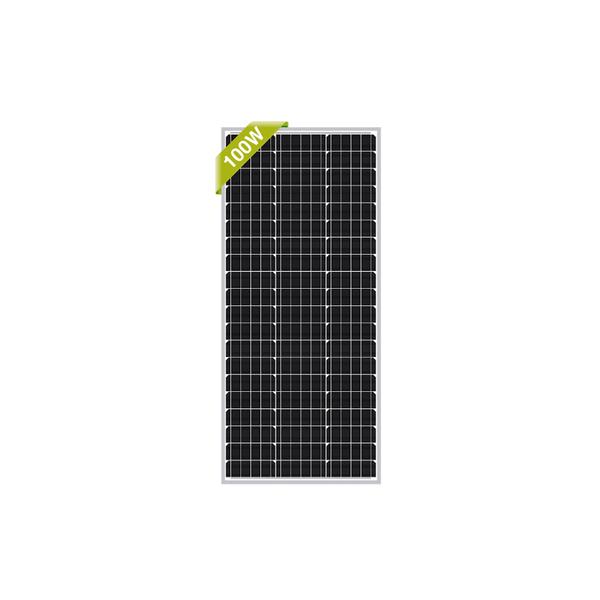
This 100 Watt solar panel from NewPowa measures 19.88 inches wide by 44.49 inches long resulting in 16.29 watts per square foot. It has an open circuit voltage of 21.6 volts and a short circuit current of 6.25 volts. Click the 'Read More' button to view current pricing and more information.
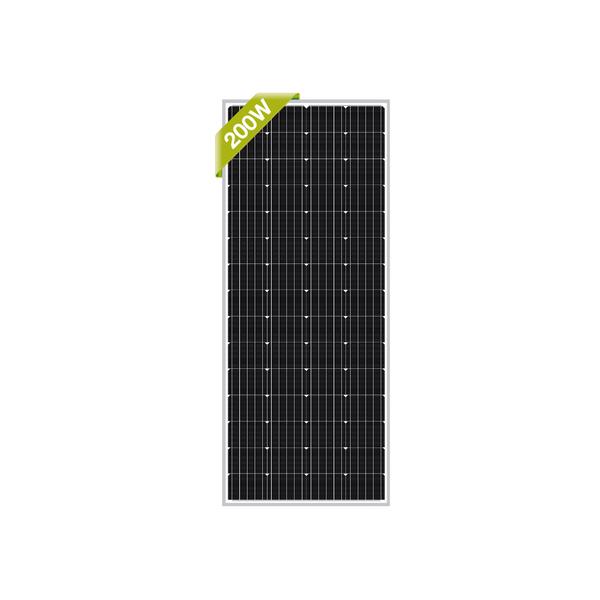
This 200 Watt solar panel from NewPowa measures 26.57 inches wide by 64.57 inches long resulting in 16.79 watts per square foot. It has an open circuit voltage of 20.23 volts and a short circuit current of 12.45 volts. Click the 'Read More' button to view current pricing and more information.



10 Responses
Your teaching technique is commendable, and the content delivery is well done. As many in this forum have already said, you do a great job of delivering complex subject matter in an understandable manner.
You have created, in a previous session, a Solar Charger Controller Calculator which works great. Might you have (or would you consider creating the same type of calculator for wiring size, length, amps, volts, fuse size. It would really help those of us that have difficulty figuring out those piece of the design. Thanks and I hope you will consider creating it if it doesn’t already exist.
Sure! Already available: https://www.explorist.life/wire-sizing-calculator/
Why use 100 W panels and Fill every spot on top of your RV when you can get 300 W panels and have just a few of them?
Thanks in advance
Ultimately, it just depends on what panels fit in your own specific application. Usually it’s possible to get more wattage on the roof by using smaller panels. Like this: https://youtu.be/VP4uOsKVD9U
Have you looked at these TaleSun 400 Watt units? I was considering one of these for my limited space truck camper. Any thoughts?
I haven’t heard of them, but I’m sure they are fine. Ultimately, there are literally 1,000’s of solar panels on the market and 95% of them are adequate.
The Renogy 175 solar panels are a very good fit for Sprinter Vans
Good to know! Will add them to the list.
What are your thoughts about residential panels? Seems like there is incredible value in this market (e.g. 330 Watt panels for $140.00). Two manufactures stand out: Longi and Q Cells.
They are fine. When comparing price, though… be sure to account for shipping. Most of the panels in the $.50 range do not include free shipping; and shipping a panel that size can cost hundreds of dollars.